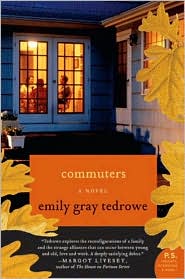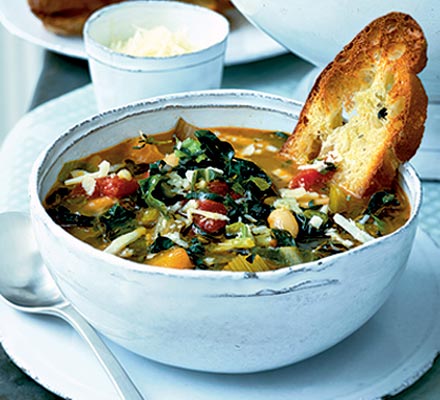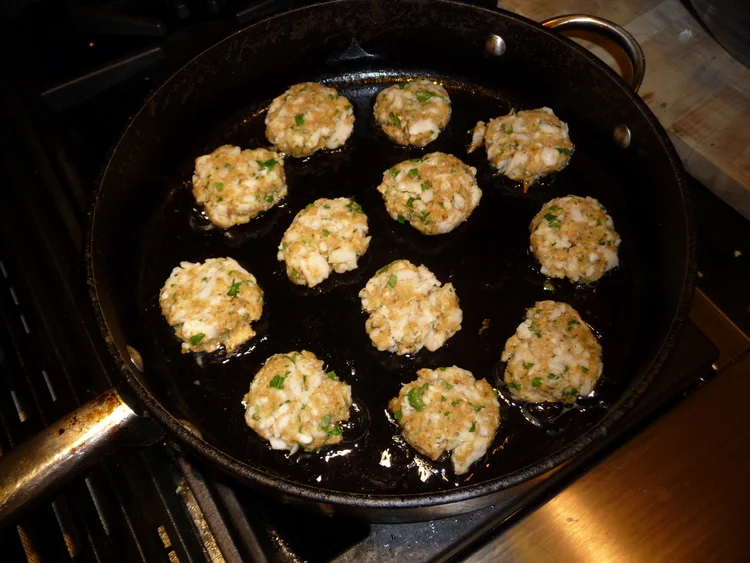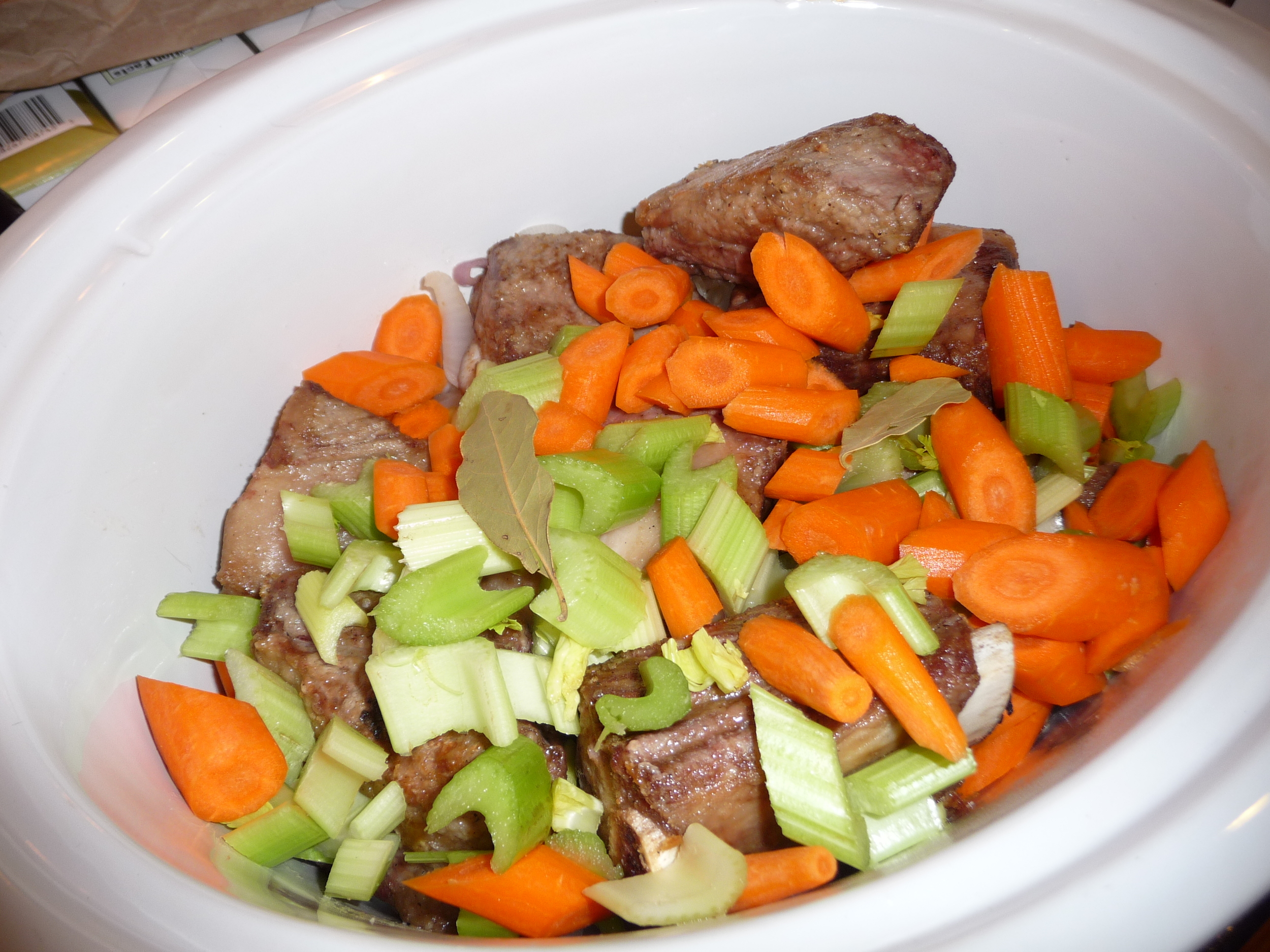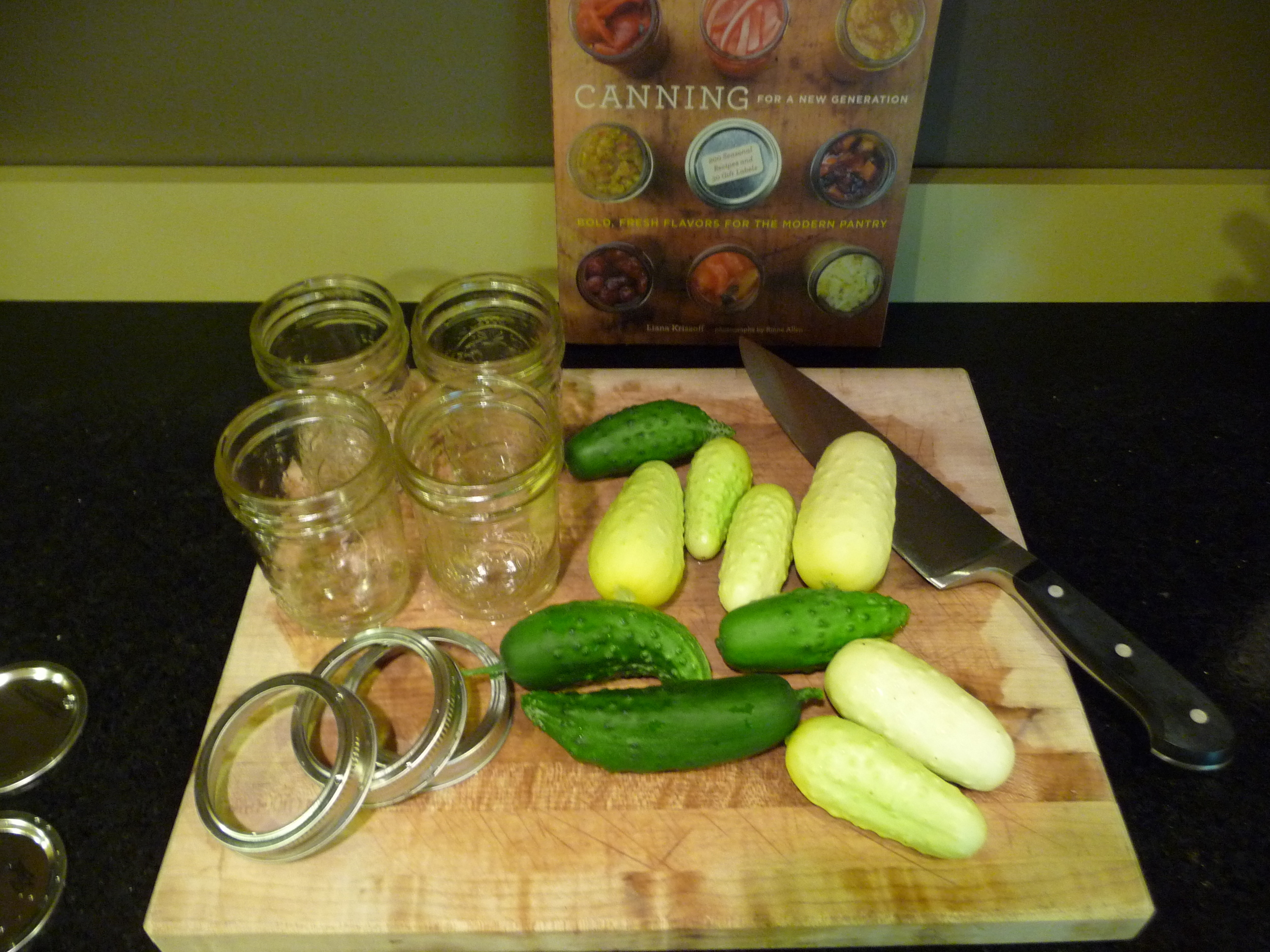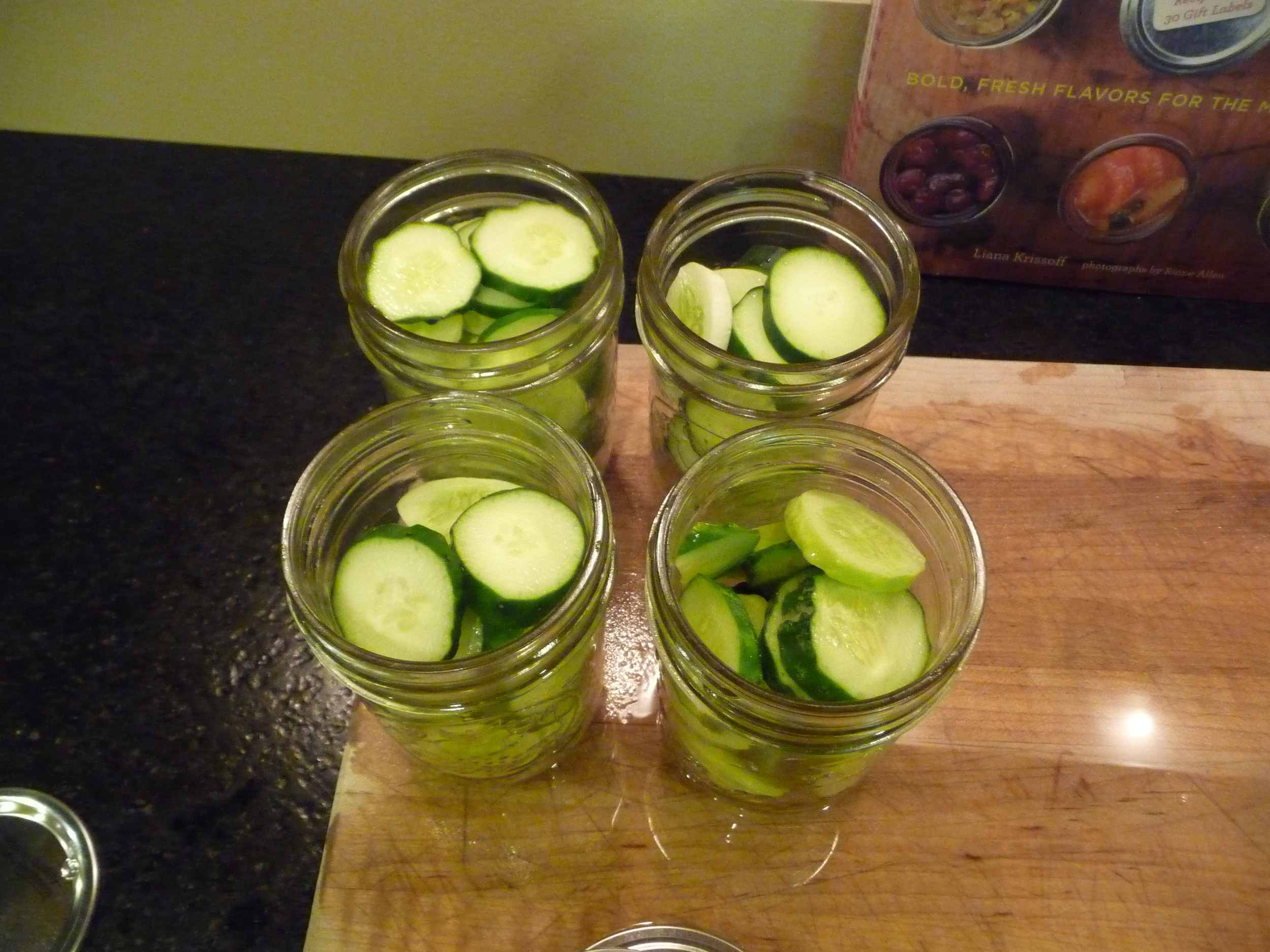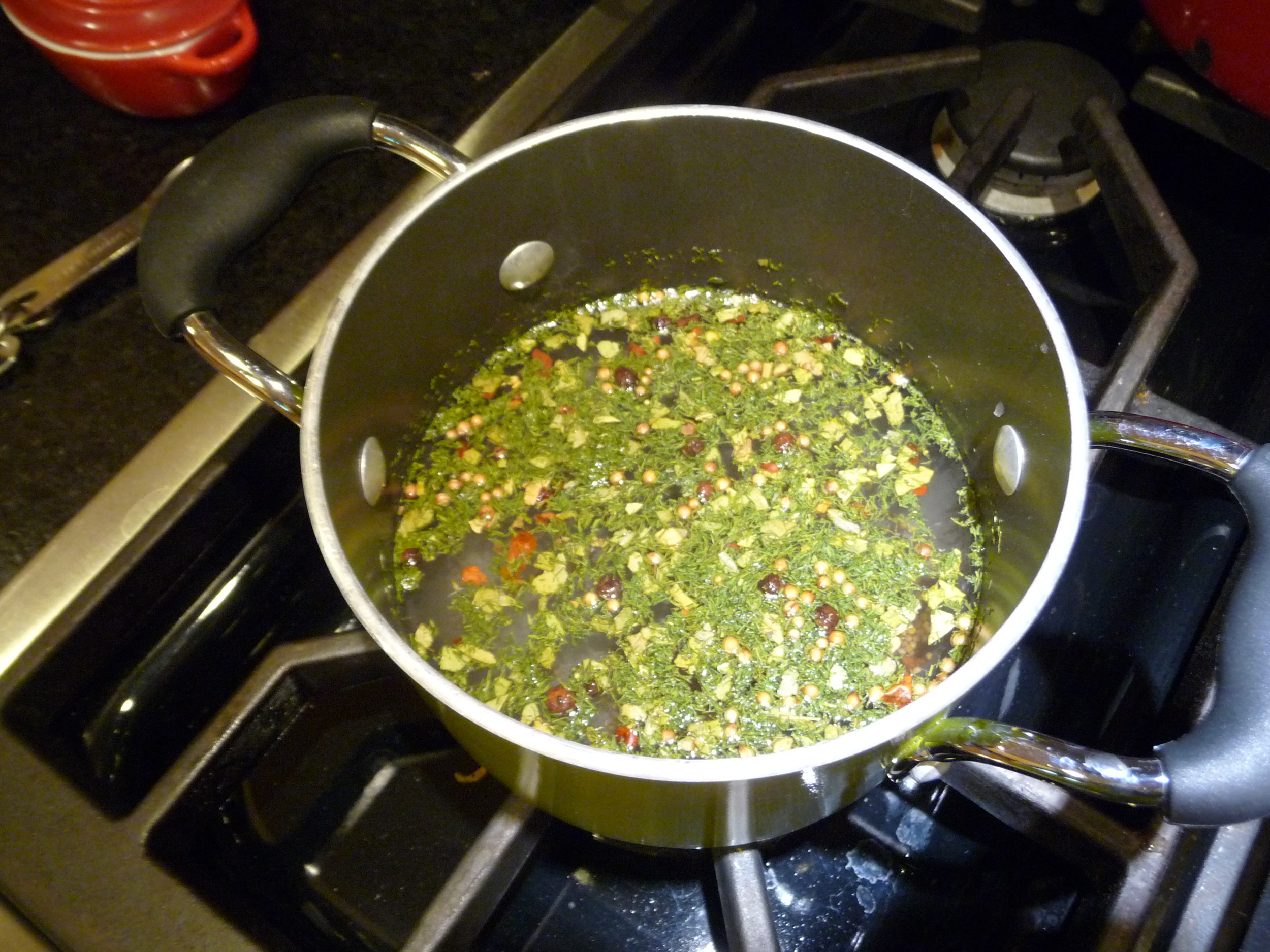I miss you too. Thrice I was asked today when I'd be blogging again. The issue is getting back into the routine of school and activities, managing middle school and workloads and who is going where on what day. Anything I've been making for dinner the past couple weeks has all been made before. Everyone is tired. Now is not the time for adventure, now is the time for tried and true meals that won't fail me. And, I confess, a lot of scrambled eggs. Oh, and I made mushroom barley soup in David Crockpott and it was very nice, dear, but after the effort it's a shame that mushroom barley just isn't high on my list of favorite soups. It's in the freezer now in case any of my local pals want it. Another thing taking up my time is me. I mean I've been trying to write again, and when I say write I mean work on that damn novel of mine, take the time every day in the early morning or late at night to write something because seriously, what the hell am I waiting for? I joined Fanstory.com and have put up a few of the scribbles already posted on the blog. There's been some good feedback and I just feel that I have something to say and a gift of sorts for saying it. Anyway, my Fanstory site is here.
And as writing goes hand-in-hand with reading, and Reads is this blog's middle name, here are the pages I've been flipping:
Commuters I read and loved and then despaired of ever being a successful writer. The Secret Lives of Dresses I was sure I was going to absolutely love. I mean, it's about a woman who owns a vintage clothing shop and (wait for it) secretly writes stories about the dresses she sells. Whichever patron buys the dress, they also get the story. I mean is that a book made for me? I was sure it was going to be my new BFF but alas, by the last chapters I was skimming and I thought maybe I can be a successful writer.
Now I'm reading Before Ever After and back to despairing because I know I'm going to love it and be humbled. (Sigh)
And now let's have a snack. I've made zucchini fritters before here. Haven't I? I must have. Hmm...no...just black bean fritters. Well no matter, it's the same premise, and I just discovered/remembered this recipe which I had dog-eared in Food & Wine. It's Mario Batali's twist on shredded zucchini, eggs, flour, onion, etc. His genius lies in the addition of ricotta cheese and lemon zest (smacks forehead), now why didn't I think of that?
Mario Batali's Forehead-Smacking Zucchini-Ricotta Fritters
- 2 medium zucchini (about 7 ounces each), coarsely shredded
- 2 garlic cloves, very thinly sliced
- 3 large scallions, very thinly sliced
- 1/2 cup fresh sheep-milk ricotta cheese
- 2 large eggs
- 2 teaspoons finely grated lemon zest
- Kosher salt and freshly ground pepper
- 3/4 cup all-purpose flour
- Olive oil, for frying
- Lemon wedges, for serving
 In a large bowl, combine the zucchini, garlic, scallions, ricotta, eggs, lemon zest and 1 teaspoon each of salt and pepper. Stir well, then stir in the flour just until incorporated.
In a large bowl, combine the zucchini, garlic, scallions, ricotta, eggs, lemon zest and 1 teaspoon each of salt and pepper. Stir well, then stir in the flour just until incorporated.
Line a large baking sheet with paper towels. In a large skillet, heat 1/4 inch of olive oil until shimmering. Working in batches, add 2-tablespoon mounds of the zucchini batter to the hot oil, spreading them to form 3-inch fritters. Fry over moderately high heat, turning once, until browned and crisp, about 3 minutes. Drain the fritters on the paper towels and serve right away, with lemon wedges.
Eat.
Read.
Think about it...

